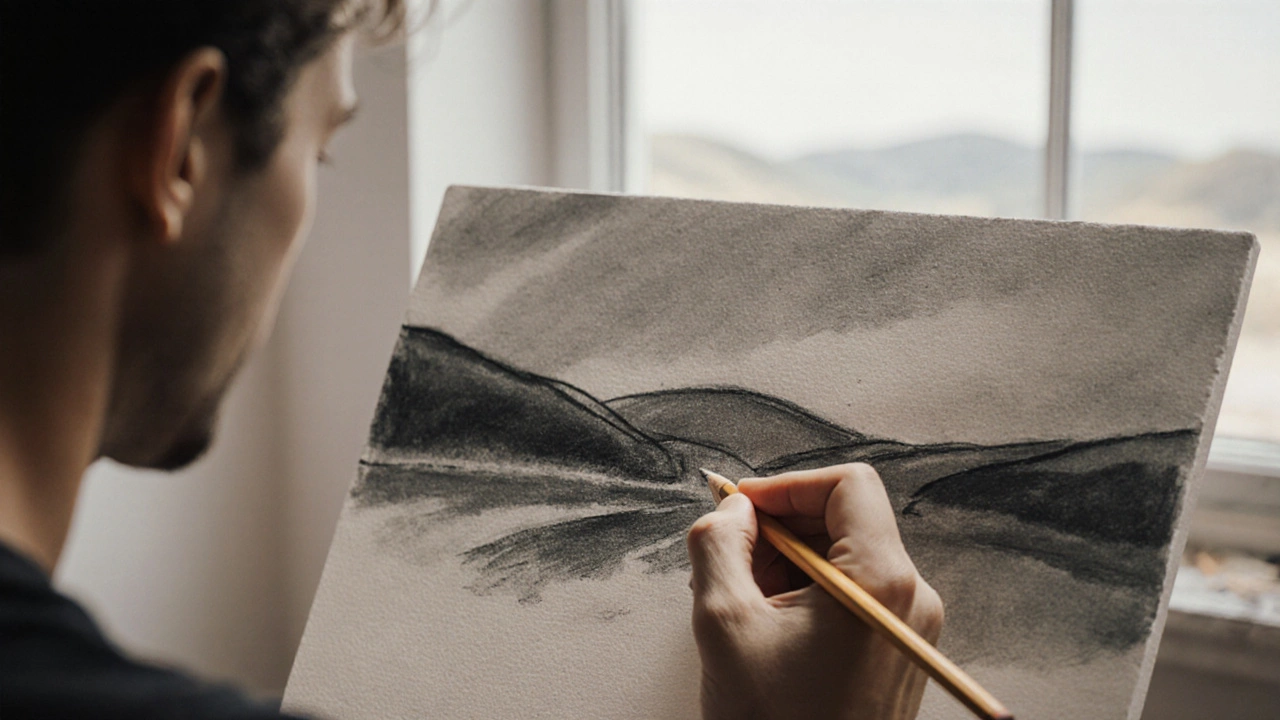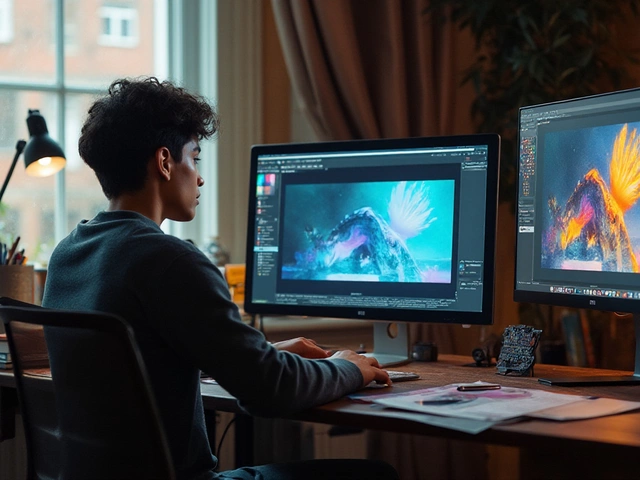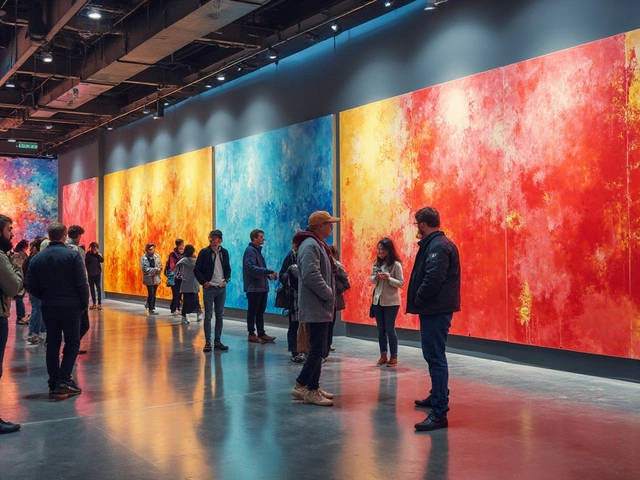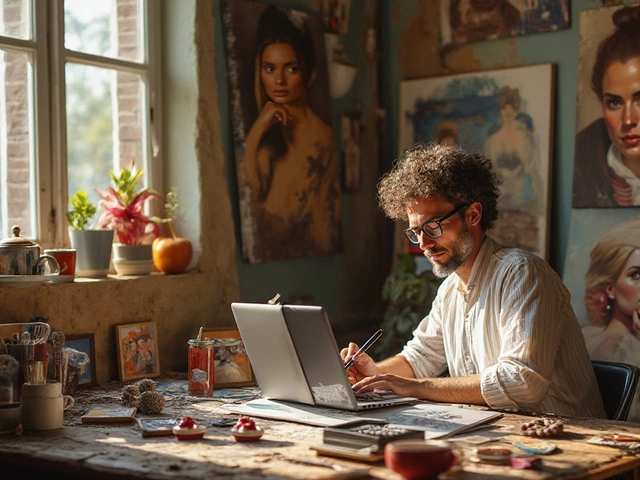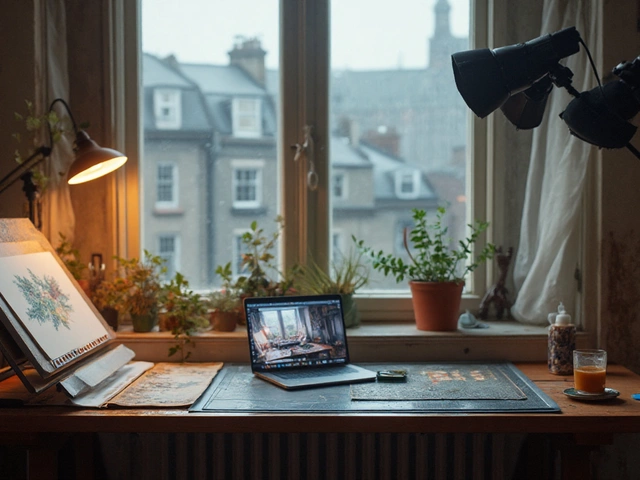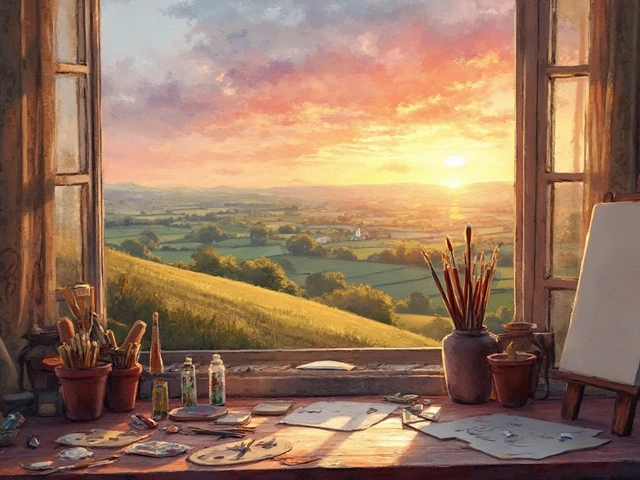Art Workflow: Master the Process from Sketch to Final Piece
When planning your art workflow, the series of steps that turn a creative spark into a finished artwork. Also known as creative process, it helps artists stay organized, meet deadlines, and improve consistency. An abstract art, style that emphasizes color, shape, and emotion over realistic representation project often requires more free‑form brainstorming before the execution phase. Meanwhile, a landscape painting, genre that captures outdoor scenes, from idealized vistas to observational studies follows a more structured sketch‑to‑paint routine. When you add a digital art, creation that uses software, scanners, or tablets to produce images step, you introduce digitization and file‑management tasks. Finally, an oil painting, medium that dries slowly, allowing blending and layering over time workflow demands knowledge of solvent use and layering rules. In short, art workflow encompasses planning, execution, and review; it requires tools like sketchbooks, digital scanners, and oil mediums; and it’s shaped by the chosen style—whether abstract, landscape, digital, or oil‑based.
Key Stages of an Effective Art Workflow
First, research and concept development set the direction. Artists gather references, jot down ideas, and decide on a style—abstract concepts might start with color studies, while landscape pieces begin with site visits or photographs. Second, the sketch phase translates ideas into compositional outlines; this is where a digital workflow diverges, using tablets or scanning hand‑drawn sketches for clean‑up. Third, the execution stage adapts to the medium: oil painters layer thin washes before thicker impasto, following the "slow over fast" rule, whereas digital artists work in layers and masks. Fourth, review and refinement let creators step back, critique, and tweak details—color correction tools for digital work or varnishing for oil pieces. Finally, finalization includes saving files in the right format, adding signatures, and preparing for presentation, whether that’s an online gallery or a framed canvas. Each stage feeds into the next, creating a loop that can be repeated for future projects, ensuring consistency and growth.
With those stages in mind, you’ll notice how the articles below dive deeper into each facet: from mastering the grisaille technique to pricing portrait commissions, from understanding abstract art types to turning paintings into digital files. Explore the collection to pick up practical tips, step‑by‑step guides, and industry insights that will tighten your own workflow and help you finish more art, faster.
Painting Order for Landscape Paintings: Start with the Background or Foreground?
Learn the optimal painting order for landscape artworks, from value studies to glazing, with practical steps, tips, and a clear pros‑cons table.
Continue Reading